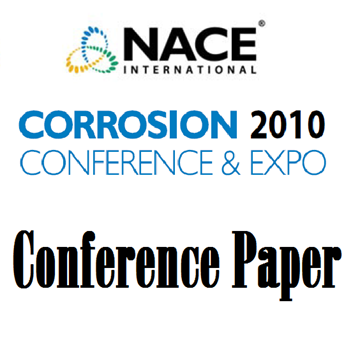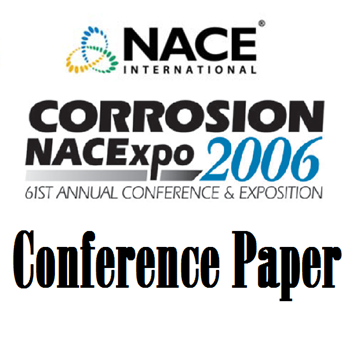Search
Prediction and Assessment of Ammonium Bisulfide Corrosion Under Refinery Service Conditions - Part 3
Also Purchased
10349 Prediction and Assessment of Ammonium Bisulfide Corrosion Under Refinery Sour Water Service Conditions-Part 2
Product Number:
51300-10349-SG
ISBN:
10349 2010 CP
Publication Date:
2010
$20.00
06576 PREDICTION AND ASSESSMENT OF AMMONIUM BISULFIDE CORROSION UNDER REFINERY SOUR WATER SERVICE CONDITIONS
Product Number:
51300-06576-SG
ISBN:
06576 2006 CP
Publication Date:
2006
$20.00
06577 PREDICTION OF AMMONIUM BISULFIDE CORROSION AND VALIDATION WITH REFINERY PLANT EXPERIENCE
Product Number:
51300-06577-SG
ISBN:
06577 2006 CP
$20.00




